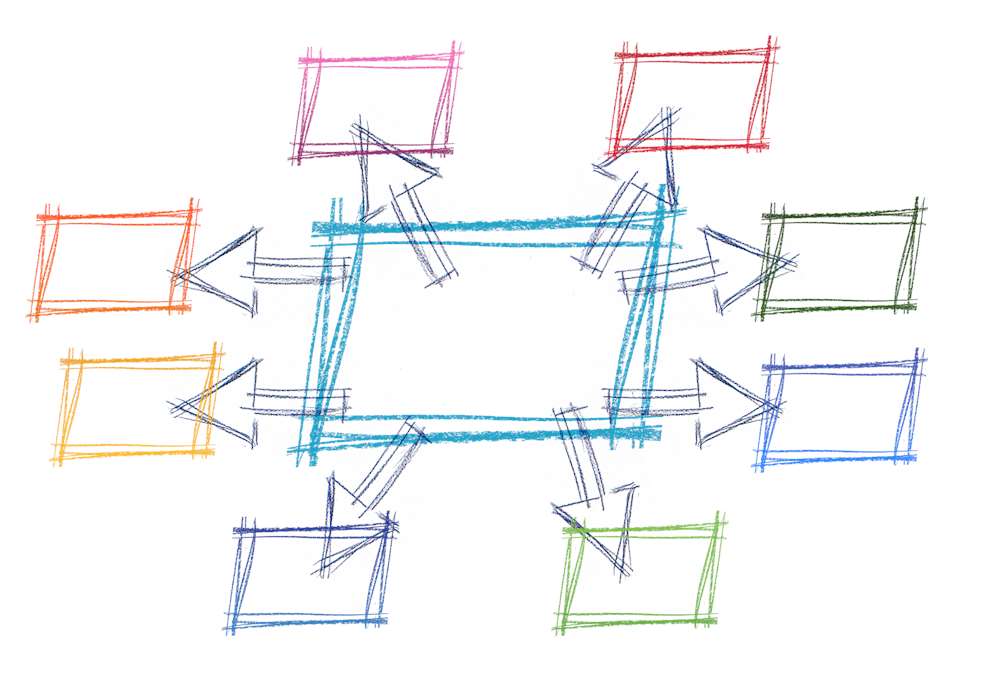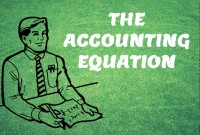- Home
- Business Processes
- Industry Knowledge
- Aerospace Industry
- Automotive Industry
- Banking Domain
- BFSI Industry
- Consumer/ FMCG Industry
- Chemicals Industry
- Engineering & Construction
- Energy Industry
- Education Domain
- Finance Domain
- Hospitality Domain
- Healthcare Industry
- Insurance Domain
- Retail Industry
- Travel and Tourism Domain
- Telecom Industry
- Leadership Skills
- eLearning
- Home
- Functional
- General Ledger (Record to Report)
- Driving Business Efficiency through Divisions and Departments
Driving Business Efficiency through Divisions and Departments
In case of a multi-divisional organizational structure, there is one parent company, or head-office. And that parent owns smaller departments, under the same brand name. Dividing the firm, into several self-contained, autonomous units, provides the optimal level of centralization, in a company.
What do we mean by a department or a division, in context of organizational structures?
The divisions are nothing, but distinct parts, of the same business.
A division of a business or "business division" is one of the parts, into which a business, organization, or company is divided.
Divisions are self-contained units.
The divisional structure consists of self-contained divisions.
Divisions can be defined for different business areas, research units, or administrative offices.
They might have different appointed managers.
And, Divisions may have programmatic, operational, fiscal and budgetary responsibility, for a specific set of business activities, and projects
What is the Relationship between, legal entity and divisions?
A department or division can be viewed as the intersection between a legal entity and a business unit.
In a simplistic scenario, all divisions are part of the same company.
The company itself is legally responsible, for all of the obligations and debts of the divisions.
However, this relationship, may change, in case of large organizations.
In that case, a business division may include, one or many subsidiaries as well.
Initially, in such companies, business units which are part of the same legal entity, are setup to operate in divisions.
Later with growth, these divisions become subsidiaries, and also independent legal entities.
In such cases, various parts of the business may be run by different subsidiaries.
Each subsidiary in such a case is a separate legal entity, owned by the primary business, or by another subsidiary in the hierarchy.
Divisions are also used by management, as a tool for segregation and delegation of responsibilities, to various parts of the business.
Divisions also help the management, in operational control.
Let us understand how they help management in these objectives.
Department as a tool for, Segregation & Delegation.
In case of a multi-divisional organizational structure, there is one parent company, or head-office.
And that parent owns smaller departments, under the same brand name.
Dividing the firm, into several self-contained, autonomous units, provides the optimal level of centralization, in a company.
Although, the whole organization is controlled by central management.
But most decisions are left to autonomous divisions or departments.
Central management provides the overall direction of the firm.
While each division operates autonomously to cater to its own needs.
It is held accountable for its own profits, and can remain productive, even if the other divisions fail.
Divisions as a tool for operational control
A division is a collection of functions, which manage similar types of activities, like the one which produce a product.
They are generally used as cost accumulators and also for revenue recognition.
They may have profit and loss responsibility, and may consist of a group of cost centers.
Departments can also serve as profit centers, managing their own profitability.
In that case, they utilize a budget plan to compete, and operate, as a separate business profit center.
What are some of the basis for creating divisions?
Divisional structure could be based on, many external or internal parameters, based on the management needs.
Some commonly used parameters across industry are, product, customer segment, geographical locations etc.
For example, in case of differentiation by products, each division is responsible for certain product, and has its own resources, such as finance, marketing, warehouse, maintenance etc.
Let us look at some common methods of differentiation, for creating divisions.
First could be, By Product; For example separate divisions are created, to manage different product or service lines.
Another way is to differentiate By Geographical Location; Example is the regional offices created by companies, like Northern Division, Southern division etc.
One can also define divisions by the Type of Customer; For example in case of a bank, different divisions are created to take care of retail business, wealth management and corporate clients.
And divisions can also be created by different Processes; for example in case of a hospital, one can have a division managing admissions, another for surgery, and one for discharge processes, etc.
Related Links
You May Also Like
-
Understand what we mean by GAAP to STAT adjustments. This article discusses the different standards that are used for multiple representations of the financial results for global organizations. Understand the meaning of US GAAP, Local GAAP, STAT, IFRS, and STAT. Finally, understand why accounting differences arise and how they are adjusted for different financial representations.
-
Functional Organizational Structures
A functional organizational structure is a structure that consists of activities such as coordination, supervision and task allocation. The organizational structure determines how the organization performs or operates. The term organizational structure refers to how the people in an organization are grouped and to whom they report.
-
In this article we will help you understand the double-entry accounting system and state the accounting equation and define each element of the equation. Then we will describe and illustrate how business transactions can be recorded in terms of the resulting change in the elements of the accounting equation.
-
An account inquiry is a review of any type of financial account, whether it be a depository account or a credit account. In this tutorial, you learn what we mean by drill through functionality in the context of the general ledger system. We will explain the concept of drill-down and how it enables users to perform account and transaction inquiry at a granular level and the benefits of using this functionality.
-
Matrix Organizational Structures
In recent times the two types of organization structures which have evolved are the matrix organization and the network organization. Rigid departmentalization is being complemented by the use of teams that cross over traditional departmental lines.
-
GL - Review & Approve Journals
Review and Approval mechanisms ensure that the accounting transaction is reasonable, necessary, and comply with applicable policies. Understand why we need review and approval processes, what are they, and how they are performed in automated general ledger systems. Learn the benefits of having journal approval mechanisms in place.
-
General Ledger - Advanced Features
Modern automated general ledger systems provide detailed and powerful support for financial reporting and budgeting and can report against multiple legal entities from the single system. These systems offer many advanced functionalities right from journal capture to advanced reporting. This article will provide an overview of some advanced features available in today's General Ledgers.
-
Business Metrics for Management Reporting
Business metric is a quantifiable measure of an organization's behavior, activities, and performance used to access the status of the targeted business process. Traditionally many metrics were finance based, inwardly focusing on the performance of the organization. Businesses can use various metrics available to monitor, evaluate, and improve their performance across any of the focus areas like sales, sourcing, IT or operations.
-
In this article we will focus on and understand the accounting process which enables the accounting system to provide the necessary information to business stakeholders. We will deep dive into each of the steps of accounting and will understand how to identify accounting transactions and the process for recording accounting information and transactions.
-
There are five types of core accounts to capture any accounting transaction. Apart from these fundamental accounts, some other special-purpose accounts are used to ensure the integrity of financial transactions. Some examples of such accounts are clearing accounts, suspense accounts, contra accounts, and intercompany accounts. Understand the importance and usage of these accounts.
Explore Our Free Training Articles or
Sign Up to Start With Our eLearning Courses

About Us
Learning
© 2023 TechnoFunc, All Rights Reserved











